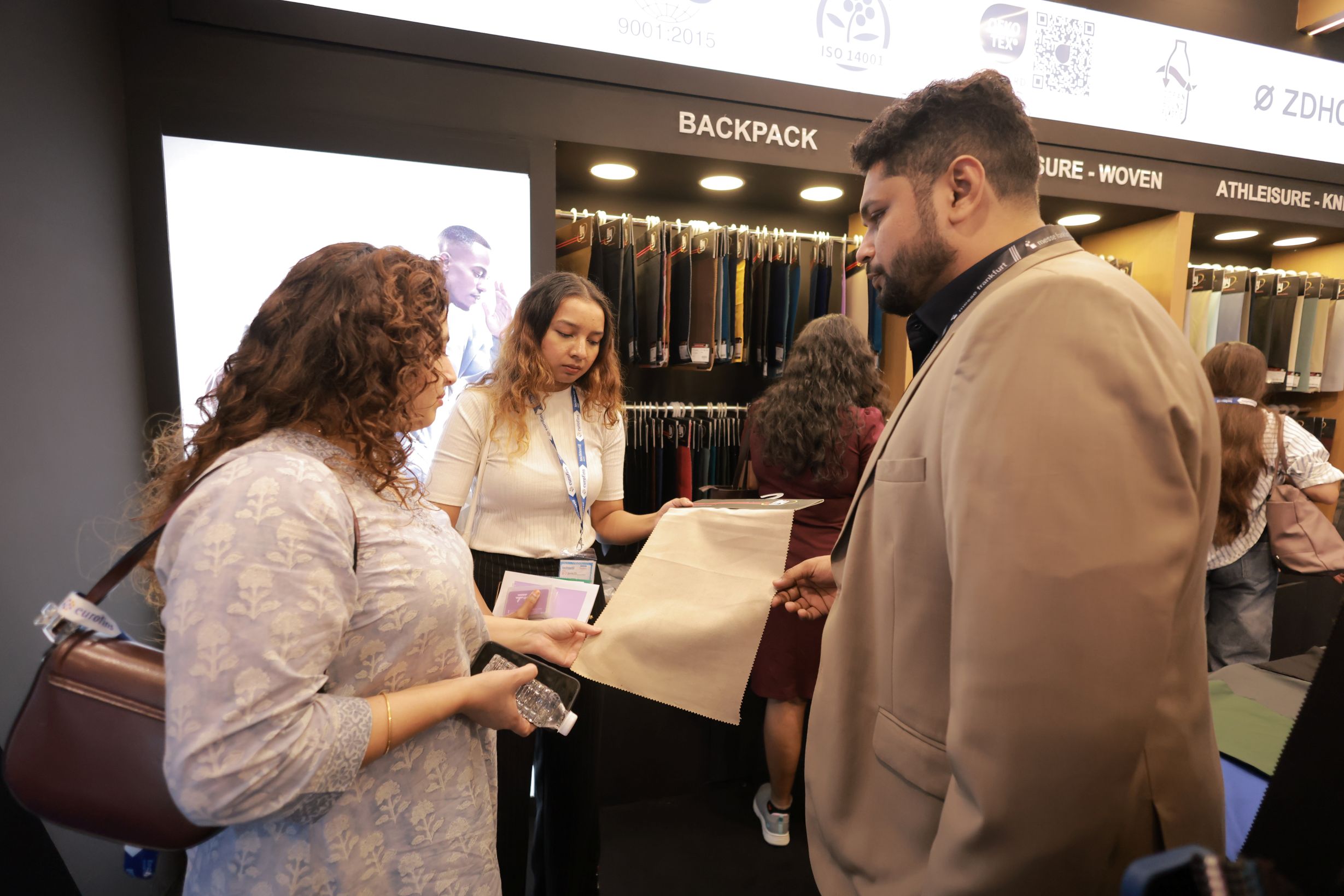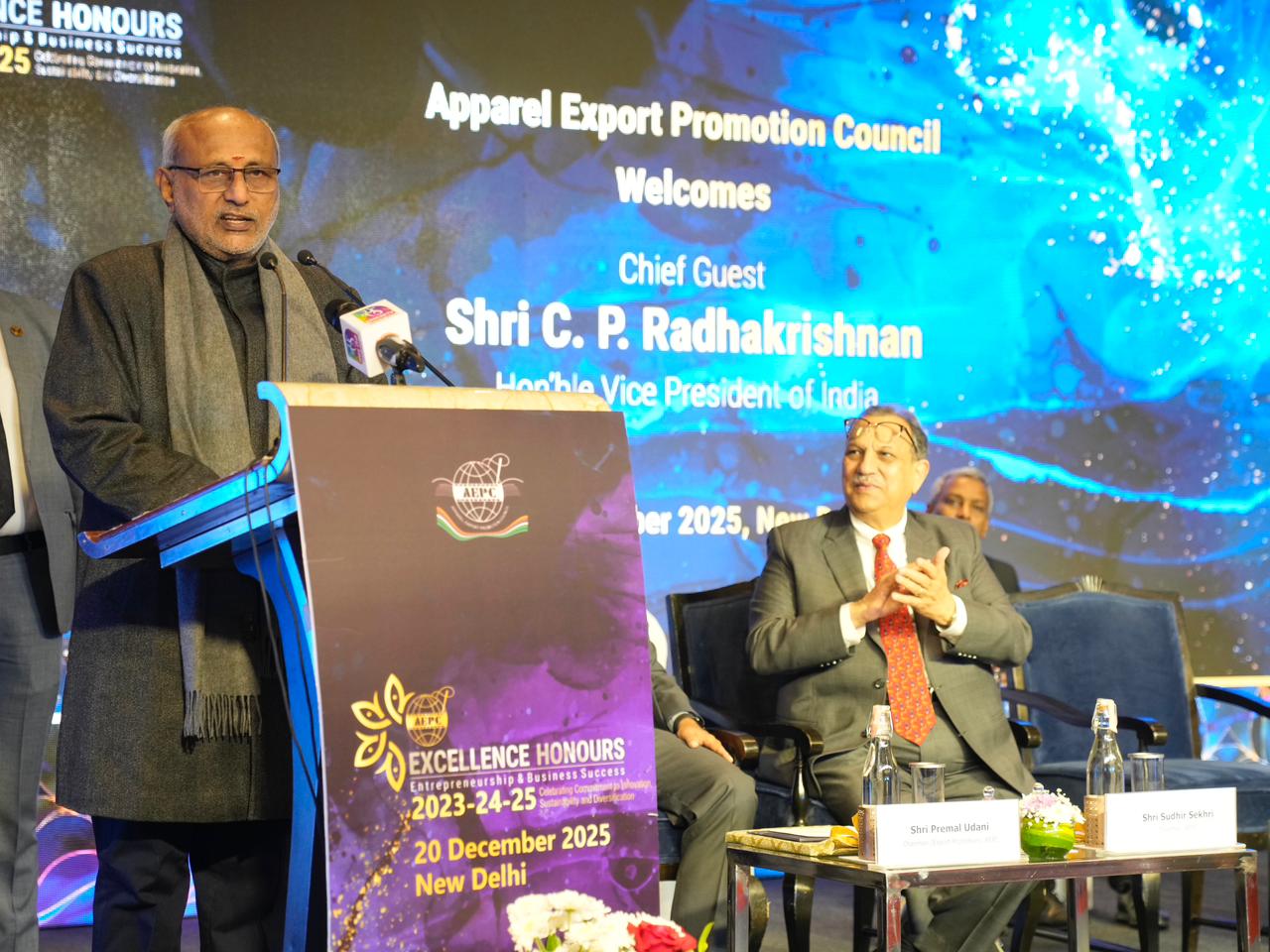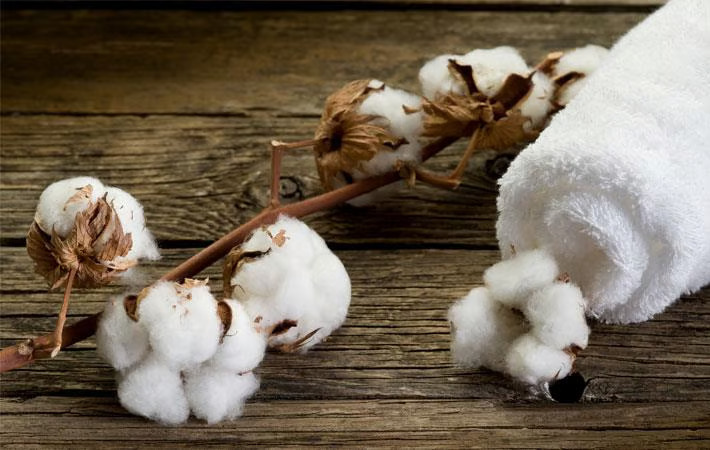
The American fashion industry finds itself at a crossroads. What began as an attempt to ‘reshore’ production through punitive tariffs has instead reshaped the global sourcing map in ways Washington may not have anticipated. A new report reveals a stark paradox at the heart of the American fashion industry: President Trump's escalating tariffs, intended to boost domestic production, are instead driving up costs, squeezing profits, and paradoxically solidifying Asia's overall dominance as a sourcing hub, albeit with a shift away from China. The ‘2025 Fashion Industry Benchmarking Study’ by Professor Sheng Lu in collaboration with the United States Fashion Industry Association (USFIA) highlights an industry navigating unprecedented trade policy uncertainty with costly, and often unintended, consequences.
The study, based on a survey of 25 leading US fashion companies, found that a staggering 100 per cent respondents rated ‘Protectionist US trade policies and related policy uncertainty, including the impact of the Trump tariffs’ as one of their top business challenges in 2025. This concern isn't theoretical; its impacts are deeply felt across the supply chain. “The impact of tariffs is the first, second, and third most important factor affecting sourcing trends this year,” one respondent lamented. The survey results reveal just how heavy the burden has become.
Table: Impacts of Trump’s tariffs on US fashion companies (2025)
|
Impact |
Respondents reporting |
|
Hurt financial profits |
78% |
|
Increased sourcing costs |
72% |
|
Raised consumer prices |
72% |
|
Caused sourcing delays/cancellations |
67% |
|
Reduced U.S. sales |
50% |
|
Cut resources for critical areas (sustainability, innovation) |
39% |
|
Triggered layoffs/job cuts |
22% |
Source: 2025 USFIA Benchmarking Survey
Margins are being squeezed, and nearly half of the companies surveyed reported declining sales. Worse still, about two in five admitted that tariff pressures forced them to pull back from investments in sustainability and product innovation, two areas critical to long-term competitiveness.
De-risking from China without leaving Asia
While tariffs have successfully pushed companies to reduce reliance on China, this is not translating into a revival of ‘Made in USA’. Instead, brands are adopting a pragmatic ‘China + 1’ or even ‘China + many’ strategy. A record 60 per cent of companies now source less than 10 per cent of their apparel from China. More than 80 per cent plan further reductions through 2027, not because China is uncompetitive it still leads in flexibility, low order minimums, and vertical integration but because of political risk. “We cannot walk away from China 100 per cent. They have capacity, flexibility, and workmanship that others cannot replicate,” one sourcing executive explained.
Instead of returning home, sourcing has spread deeper into Asia, strengthening the region’s dominance. Vietnam, Cambodia, and Bangladesh have become the biggest winners. Vietnam's utilization rate among respondents jumped from 90 per cent to 100 per cent, Cambodia from 75 per cent to 94 per cent, and Bangladesh from 86 per cent to 88 per cent.
Table: Top apparel sourcing destinations for US companies (2025)
|
Rank |
Sourcing destination |
Utilization in 2025 |
Utilization in 2024 |
|
1 |
China |
100% |
100% |
|
2 |
Vietnam |
100% |
90% |
|
3 |
Cambodia |
94% |
75% |
|
4 |
Bangladesh |
88% |
86% |
|
5 |
India |
77% |
83% |
|
6 |
Indonesia |
77% |
75% |
|
7 |
Mexico |
50% |
60% |
|
8 |
Sri Lanka |
53% |
39% |
|
9 |
Guatemala |
47% |
61% |
|
10 |
Pakistan |
47% |
49% |
Source: 2025 USFIA Benchmarking Survey
The American mirage, domestic sourcing still a dream
Despite the political rhetoric, tariffs have not ushered in a manufacturing renaissance. Just 17 per cent of companies plan to increase sourcing from the US, and less than half expect to grow sourcing from the broader Western Hemisphere. In fact, sourcing from Mexico and Central America actually declined. The bottleneck lies in raw material supply and limited product diversity. While Western Hemisphere partners excel in cotton basics, they lack the depth in synthetics and more complex textile construction needed to meet fashion’s fast-changing demands. As one respondent put it, “The CAFTA-DR and USMCA regions are improving in synthetics, but the variety and scale just aren’t enough yet.”
Stability over shock therapy
Even as optimism about the next five years remains at 65 per cent, it has slipped from 75 per cent last year. Small and mid-sized companies, in particular, are feeling the strain more exposed to tariffs, less able to absorb higher costs, and increasingly vulnerable to policy swings.
Policy priorities from the industry are loud and clear as nearly 80 per cent support renewing the African Growth and Opportunity Act (AGOA) for another decade; 90 per cent favor exempting textiles and apparel from future tariff hikes.
The message to Washington is simple: stability, not shock therapy, will help the US fashion sector compete. Without predictable trade policies and broader sourcing diversification, America’s apparel industry risks walking a tightrope where every misstep carries global consequences.












